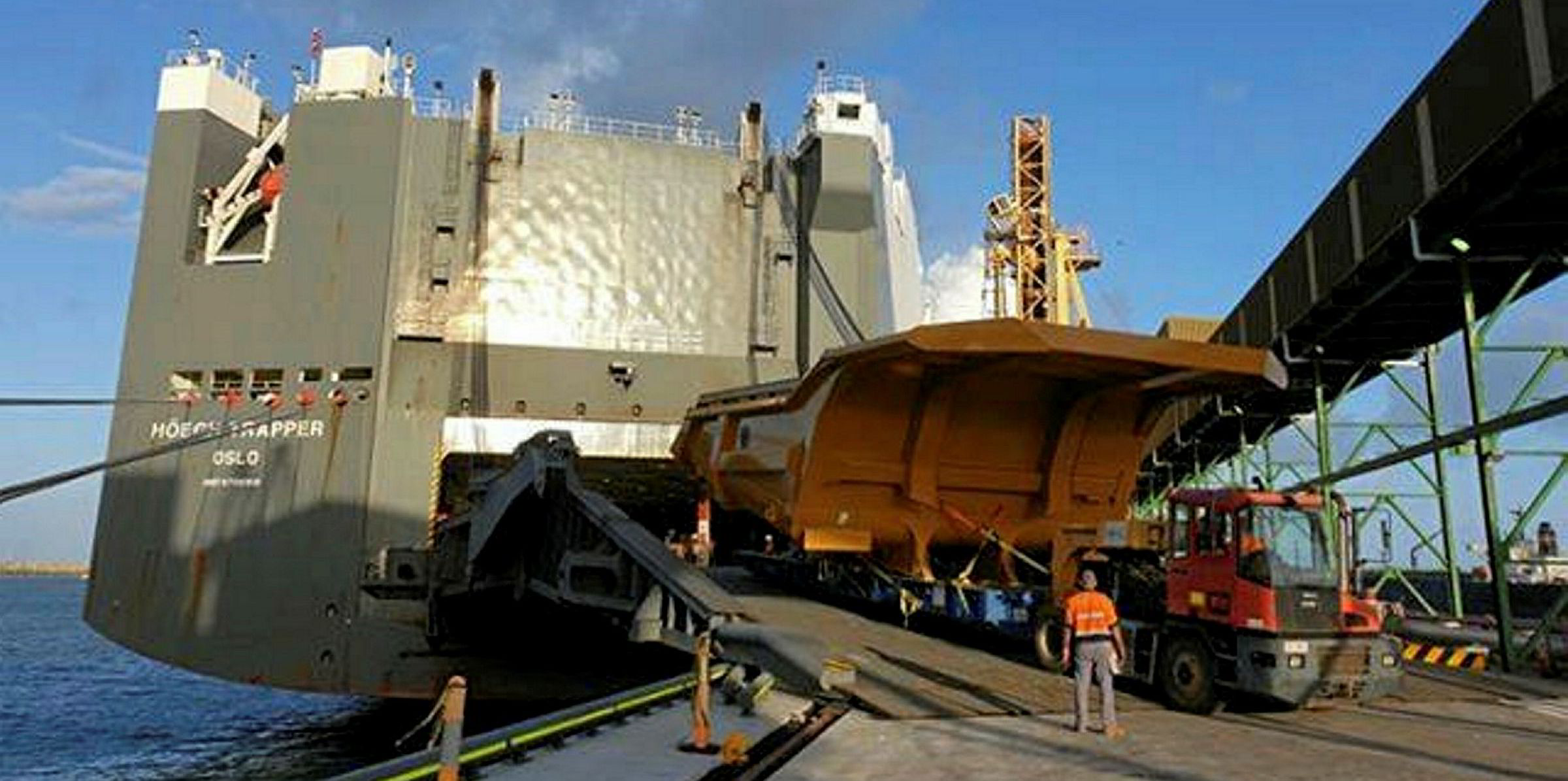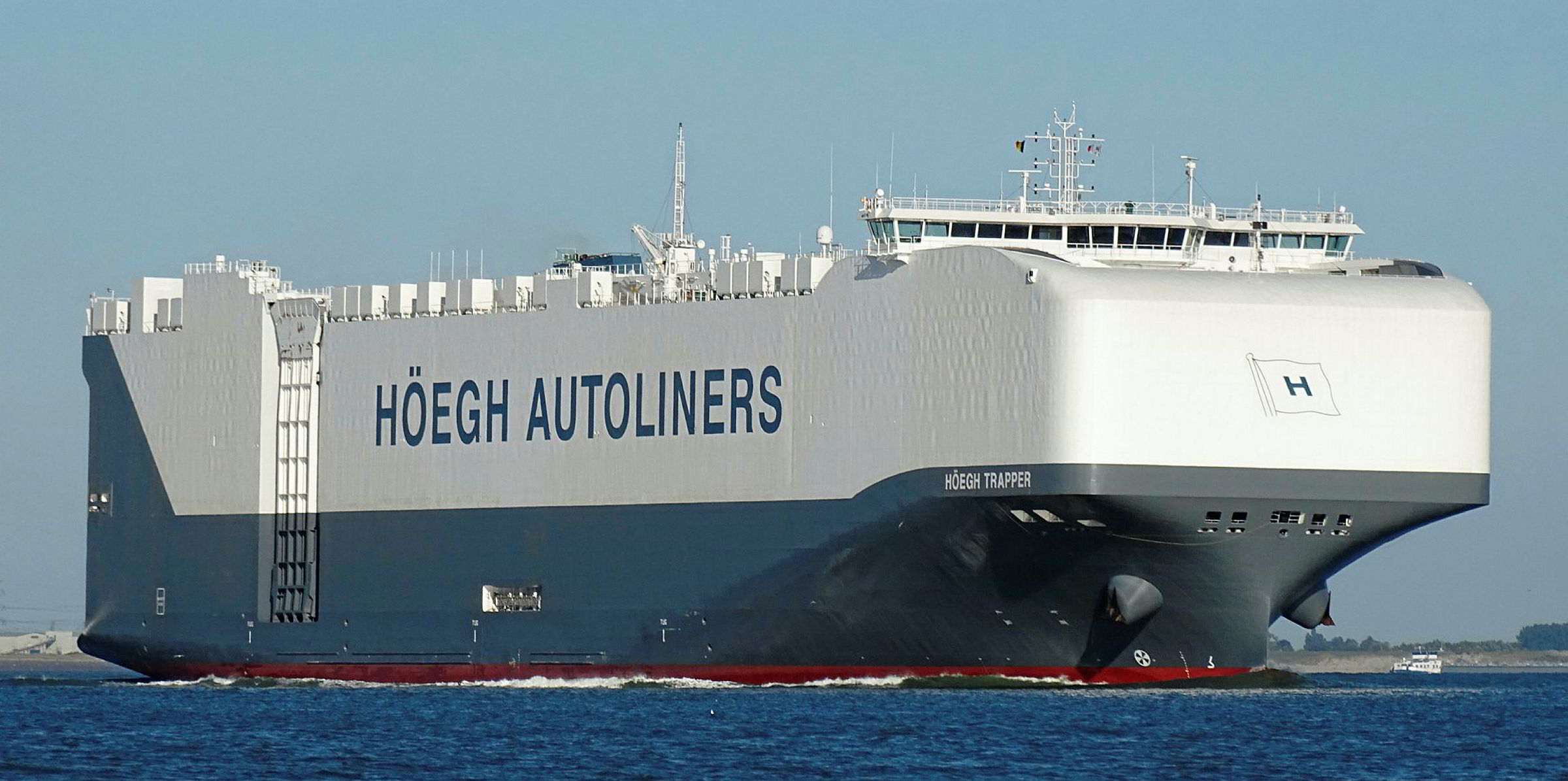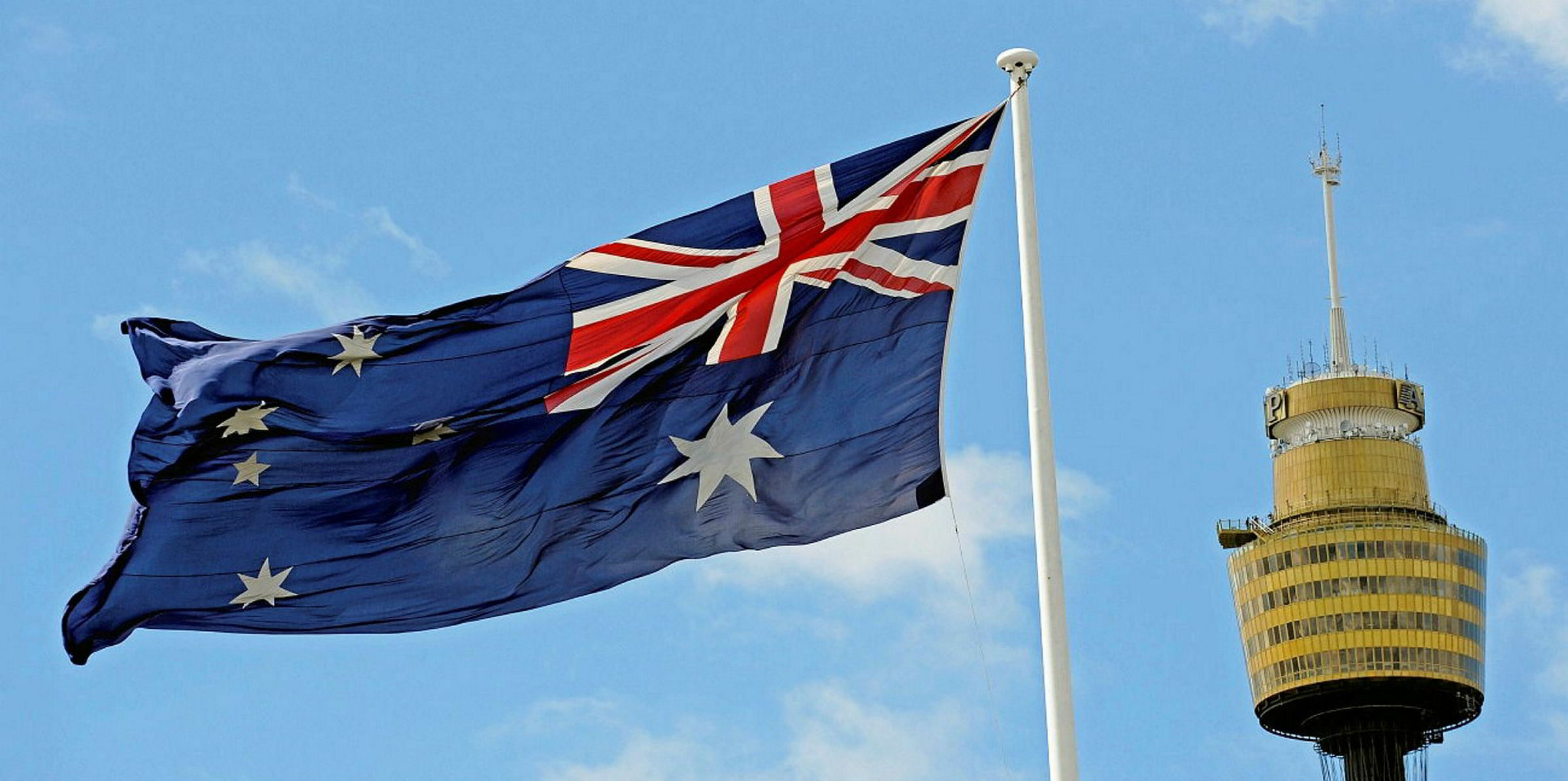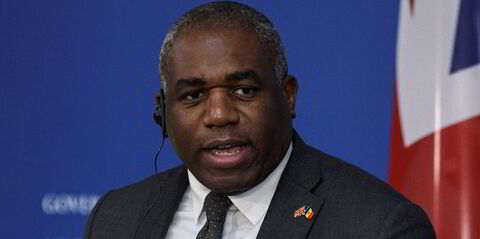Australia’s Port of Mackay is looking to attract new trade opportunities and has made the ro-ro sector one of its major targets.
Last weekend saw the arrival of the 8,500-teu PCTC Hoegh Trapper (built 2016) call at the Queensland port, which is best known for coal exports.
It is the third Hoegh PCTC to visit the Port of Mackay in the past six months, with the Norwegian shipowner scheduled to bring a fourth vessel to the port in April.
North Queensland Bulk Ports (NQBP), which is responsible for Mackay’s operations said this demonstrated Hoegh’s “satisfaction with the port’s facilities and associated logistics”.
NQBP chief executive Nicolas Fertin said the organisation was committed to investing in and upgrading its port facilities to attract new trade opportunities.
“In the past 18 months, we have invested almost AUD10m ($7m) in infrastructure upgrades at the Port of Mackay,” Mr Fertin said.
“This has enabled us to attract large, international ro-ro vessels to the port, which then has a flow-on effect for the community.
“Large mining equipment can now be shipped directly to the region and assembled locally, providing the opportunity for local jobs growth.”

Significantly, Fertin says this is the first time that the Port of Mackay will facilitate an exchange of import, export and coastal cargoes at the one time.
Hoegh Autoliners has increased its direct shipping service to Australia and New Zealand from the USA and Mexico, providing Mackay and the nearby Bowen Basin with a direct link to North American mining equipment manufacturers.
“Our New Horizon class vessels are designed with this kind of over dimensional cargo in mind, and it is great to have an opportunity to serve our customers better by landing their cargo closer to its final destination,” said Hoegh’s Australian representative Brendan Wallis.
While the port’s existing infrastructure and configuration can accommodate 550 to 600 ships per year, it currently handles only about 160 ships each year.
The port has a combined import and export cargo capacity of more than 6mt per year, yet current trade sits at around half this level.




